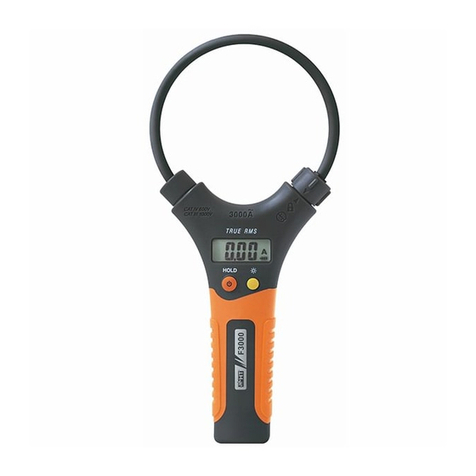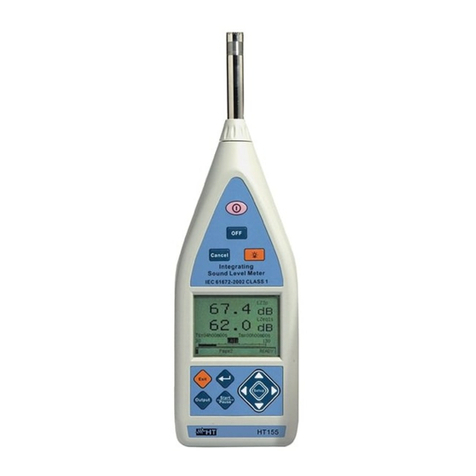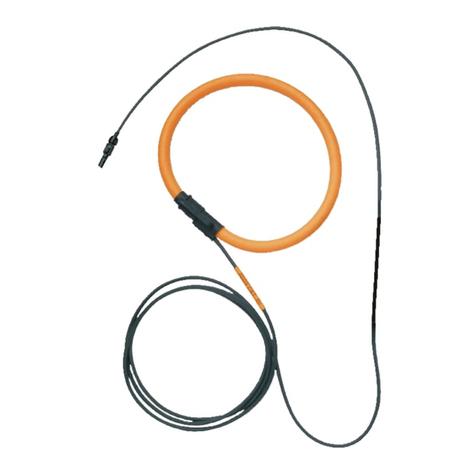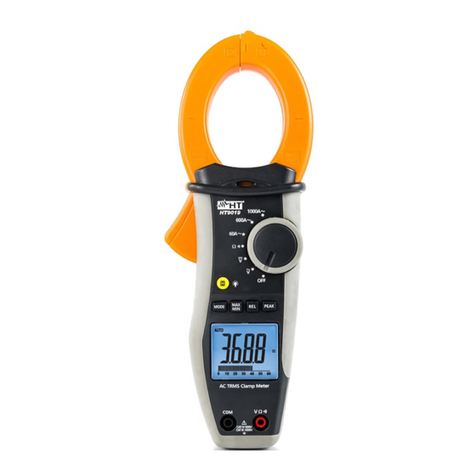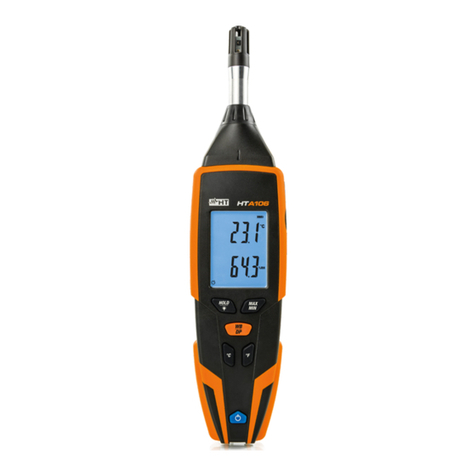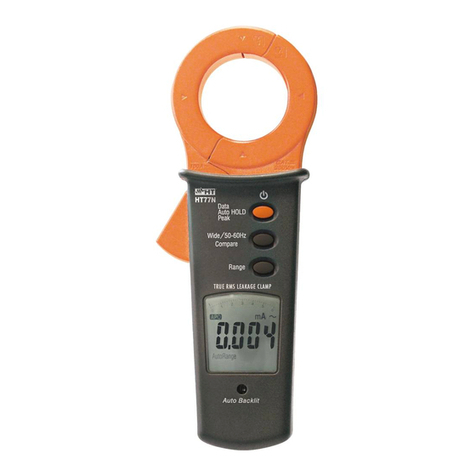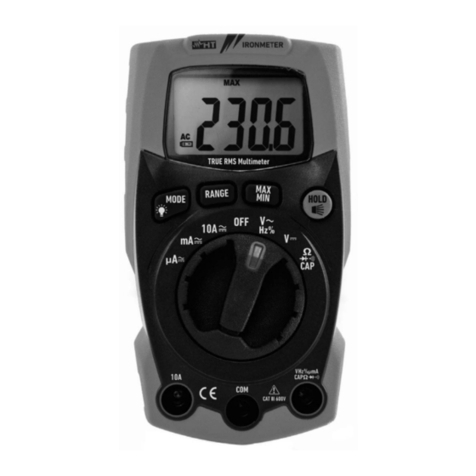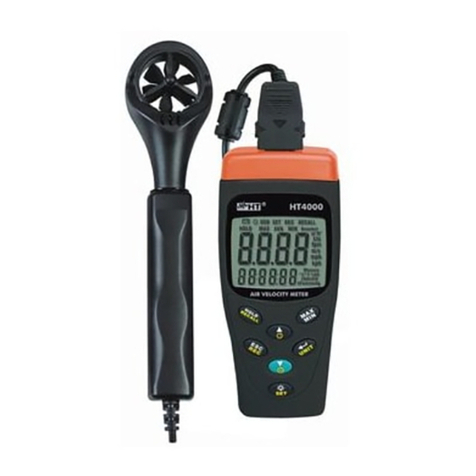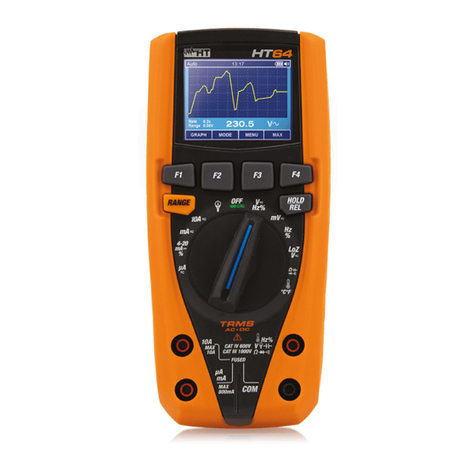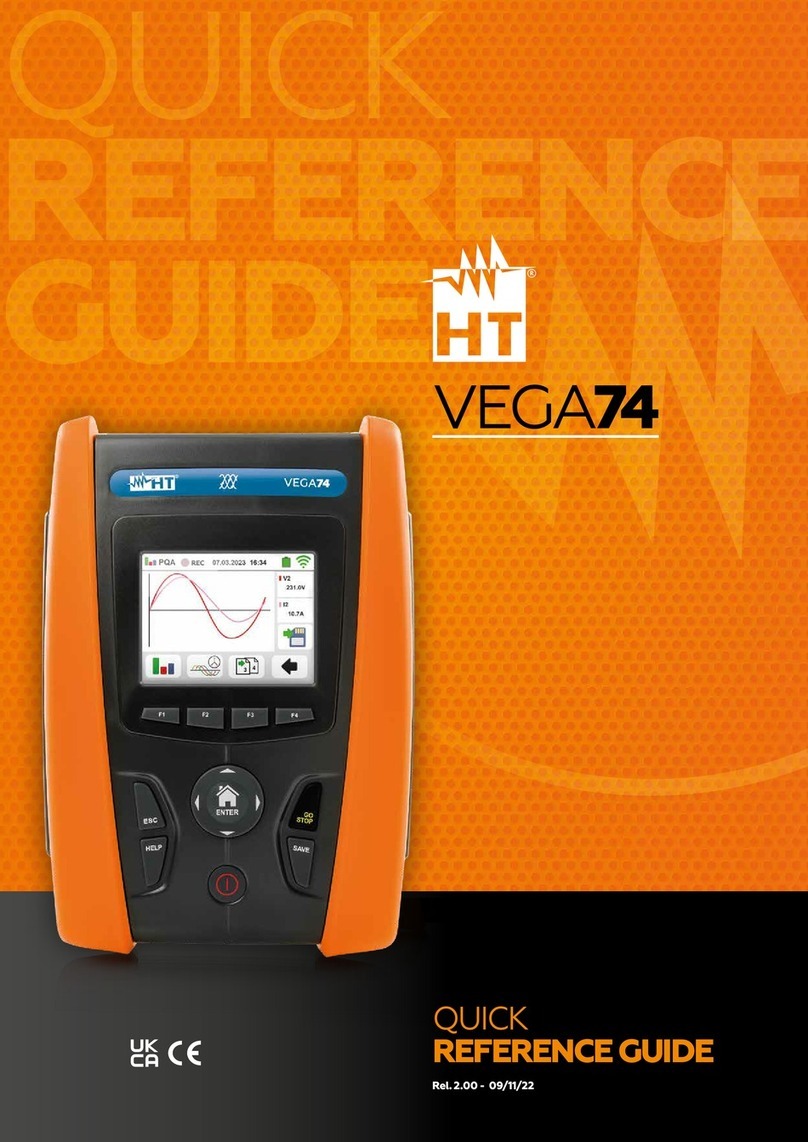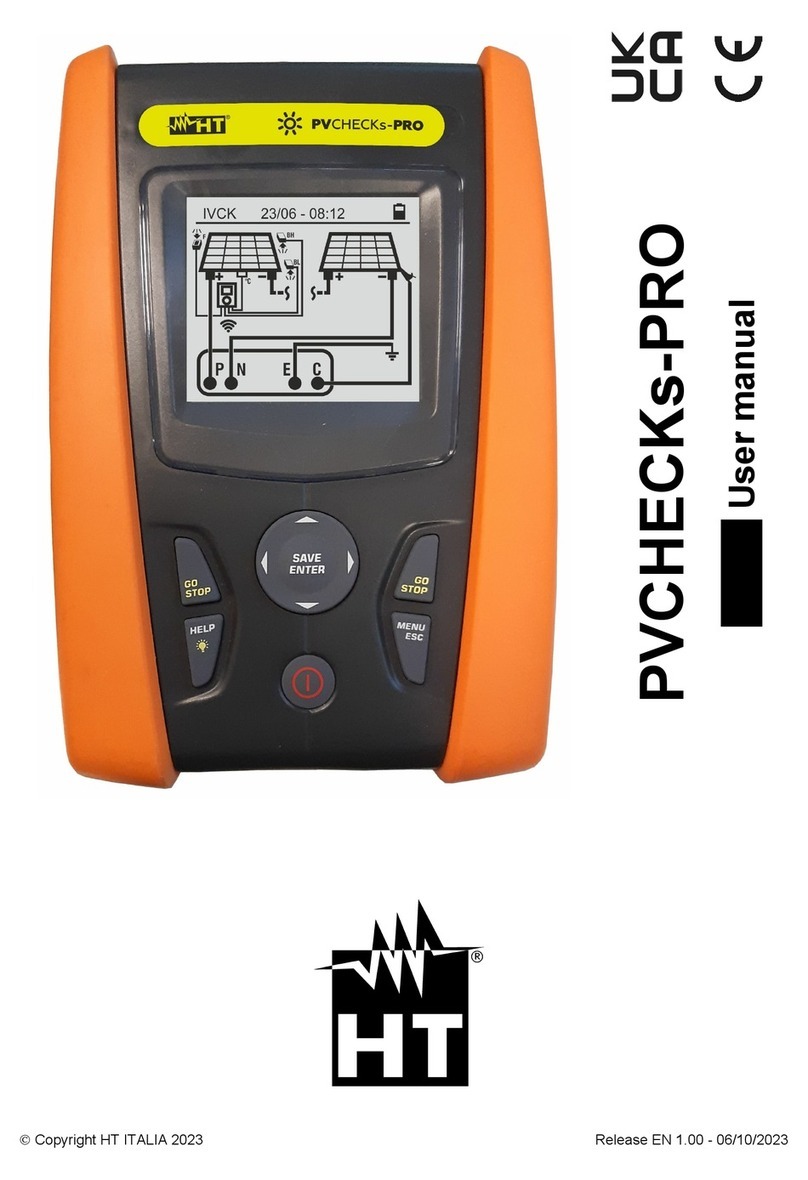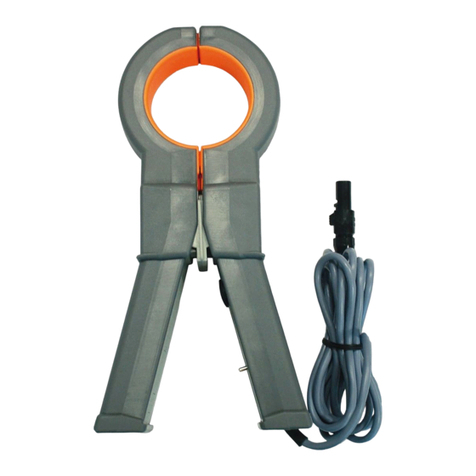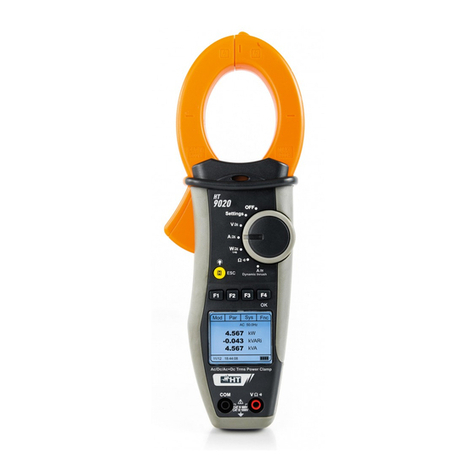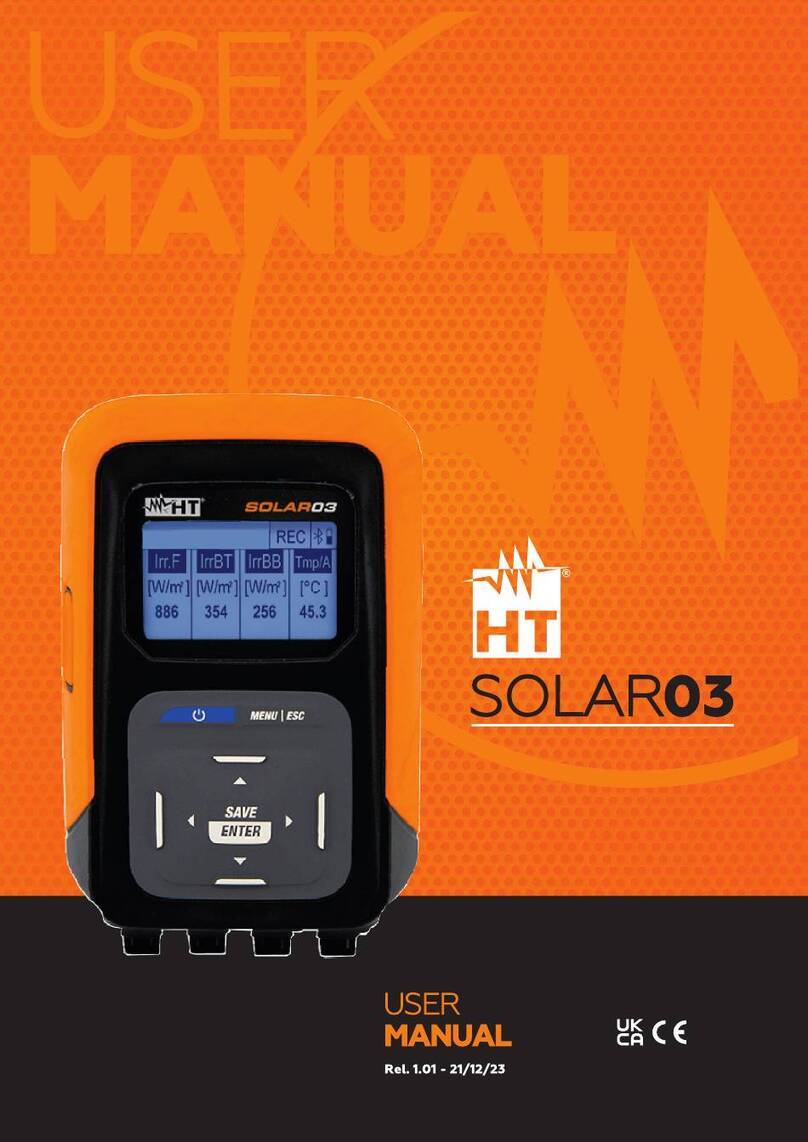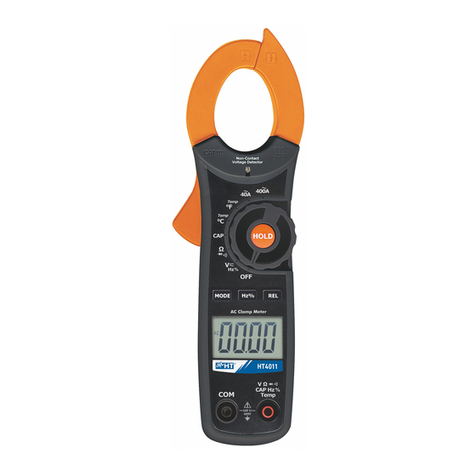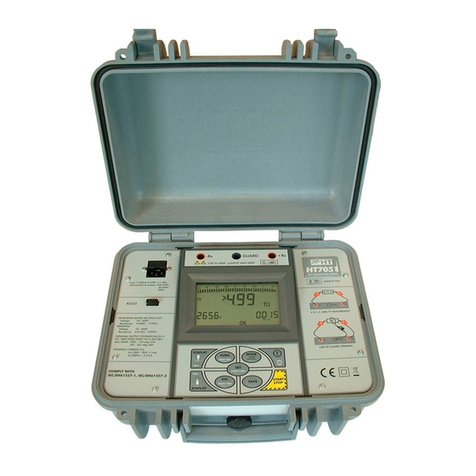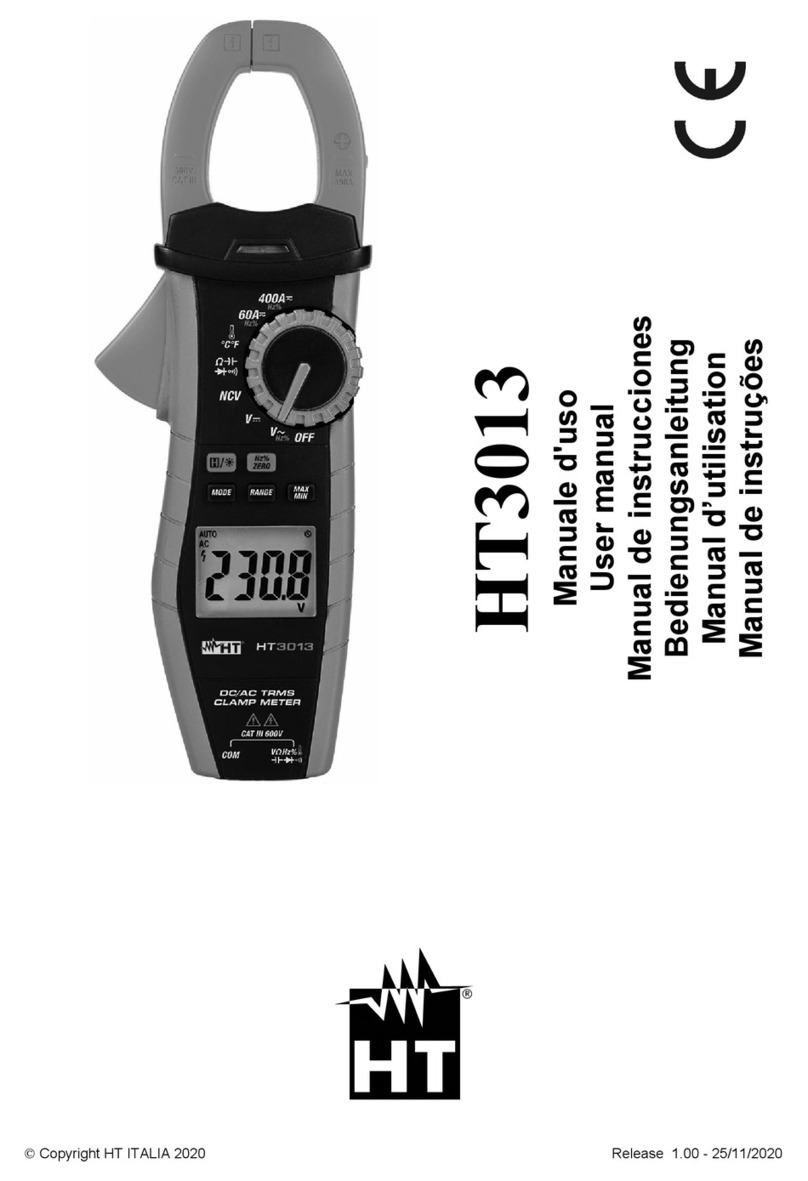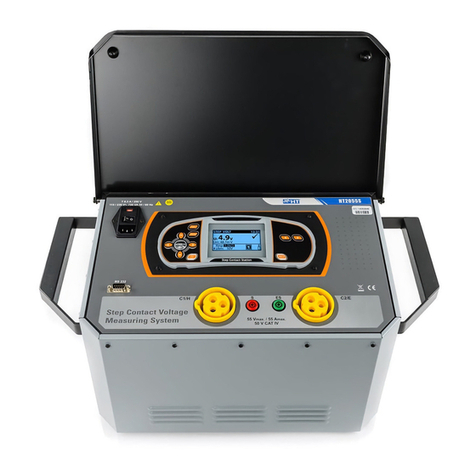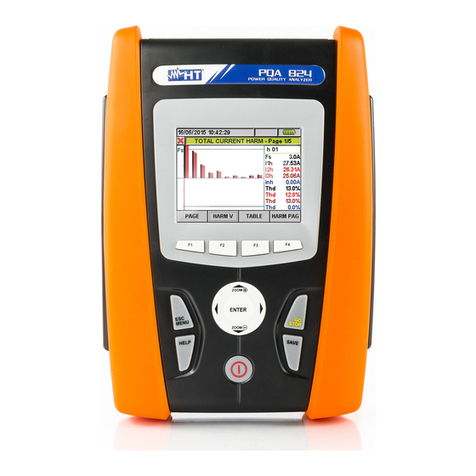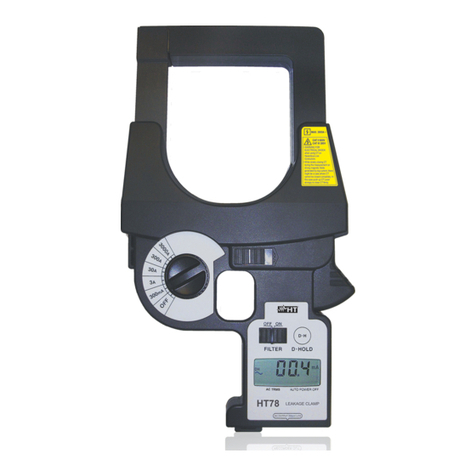
T2000-T2100
EN – 1
TABLE OF CONTENTS
1.PRECAUTIONS AND SAFETY MEASURES ................................................................2
1.1.Preliminary instructions........................................................................................................2
1.2.During use............................................................................................................................3
1.3.After use...............................................................................................................................3
1.4.Definition of measurement (overvoltage) category ..............................................................3
2.GENERAL DESCRIPTION............................................................................................4
2.1.Measuring average values and TRMS values .....................................................................4
2.2.Definition of true root mean square value and crest factor ..................................................4
3.PREPARATION FOR USE............................................................................................5
3.1.Initial checks ........................................................................................................................5
3.2.Instrument power supply......................................................................................................5
3.3.Storage ................................................................................................................................5
4.NOMENCLATURE ........................................................................................................6
4.1.Instrument description..........................................................................................................6
4.2.Description of function keys .................................................................................................6
4.3.Display description...............................................................................................................7
5.OPERATING INSTRUCTIONS .....................................................................................8
5.1.Switching on/off the instrument............................................................................................8
5.2.Resistance measurement ....................................................................................................9
5.2.1.Operating principle ........................................................................................................................9
5.2.2.Clamp operation check................................................................................................................10
5.2.3.Methods for resistance measurement on earth rods ..................................................................11
5.2.3.1.Multiple-rod systems..................................................................................................................... 11
5.2.3.2.Systems composed of a single rod............................................................................................... 12
5.2.4.HOLD...........................................................................................................................................15
5.2.5.MEM ............................................................................................................................................15
5.2.6.Anomalous situations ..................................................................................................................15
5.3.Current measurement (T2000)...........................................................................................16
5.3.1.HOLD...........................................................................................................................................16
5.3.2.Anomalous situations ..................................................................................................................16
5.4.Leakage current measurement (T2000).............................................................................17
5.4.1.HOLD...........................................................................................................................................17
5.4.2.Anomalous situations ..................................................................................................................17
5.5.Managing the memory .......................................................................................................18
5.5.1.Storage of data in the memory....................................................................................................18
5.5.2.Recalling the results on the display.............................................................................................18
5.5.3.Deleting the internal memory ......................................................................................................19
5.6.Setting of alarm thresholds in resistance measurement ....................................................19
5.7.RS232 communication with a Master instrument (T2100) .................................................20
5.8.Disabling Auto Power OFF function...................................................................................21
5.9.Disabling sound function....................................................................................................21
6.MAINTENANCE ..........................................................................................................22
6.1.General information............................................................................................................22
6.2.Battery replacement...........................................................................................................22
6.3.Cleaning the instrument .....................................................................................................22
6.4.End of life ...........................................................................................................................22
7.TECHNICAL SPECIFICATIONS .................................................................................23
7.1.Reference conditions .........................................................................................................23
7.2.Technical characteristics....................................................................................................23
7.2.1.Reference guidelines...................................................................................................................24
7.2.2.General characteristics................................................................................................................24
7.3.Environment.......................................................................................................................24
7.3.1.Environmental conditions for use ................................................................................................24
7.4.Accessories provided.........................................................................................................24
8.SERVICE.....................................................................................................................25
8.1.Warranty conditions ...........................................................................................................25
8.2.Service ...............................................................................................................................25












